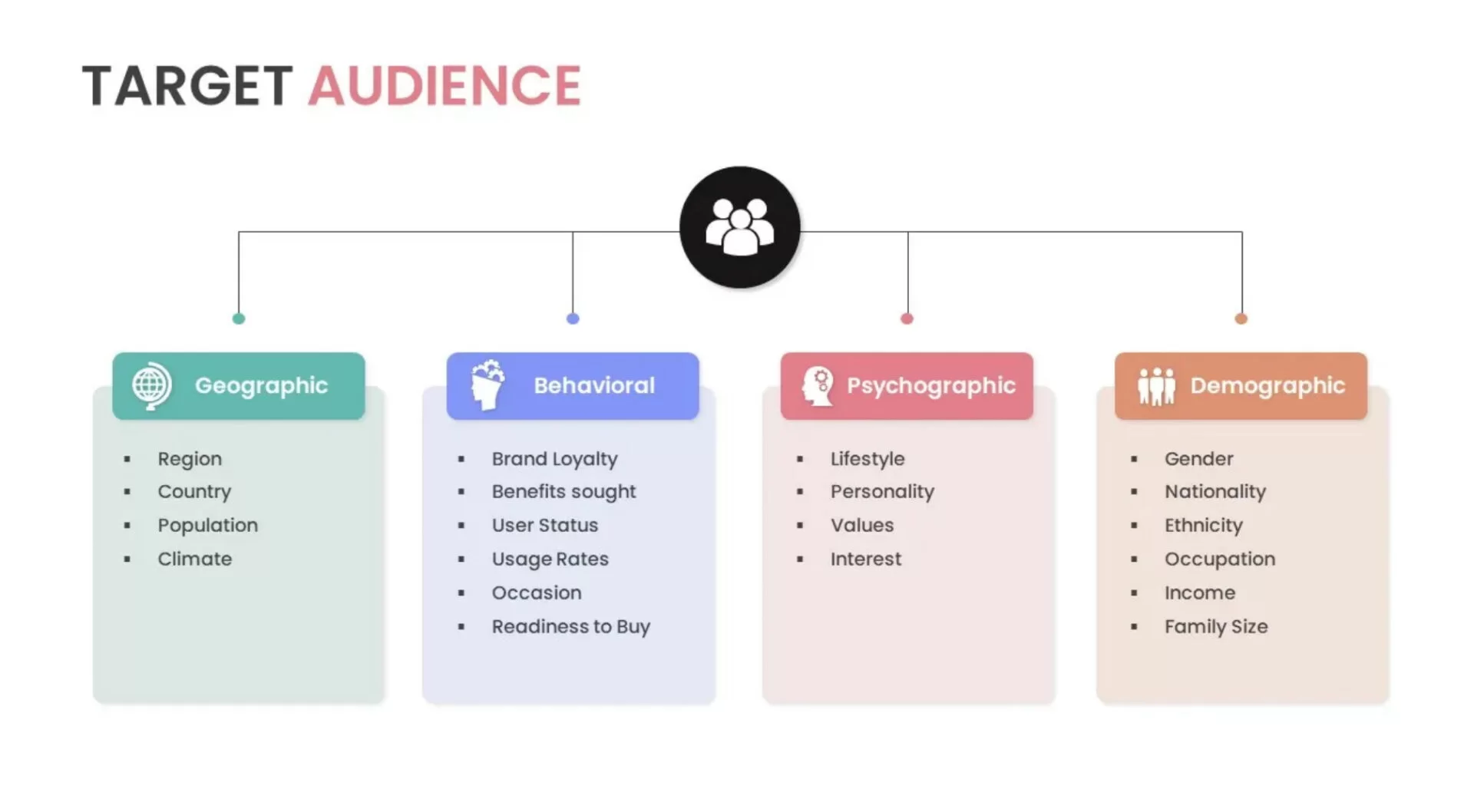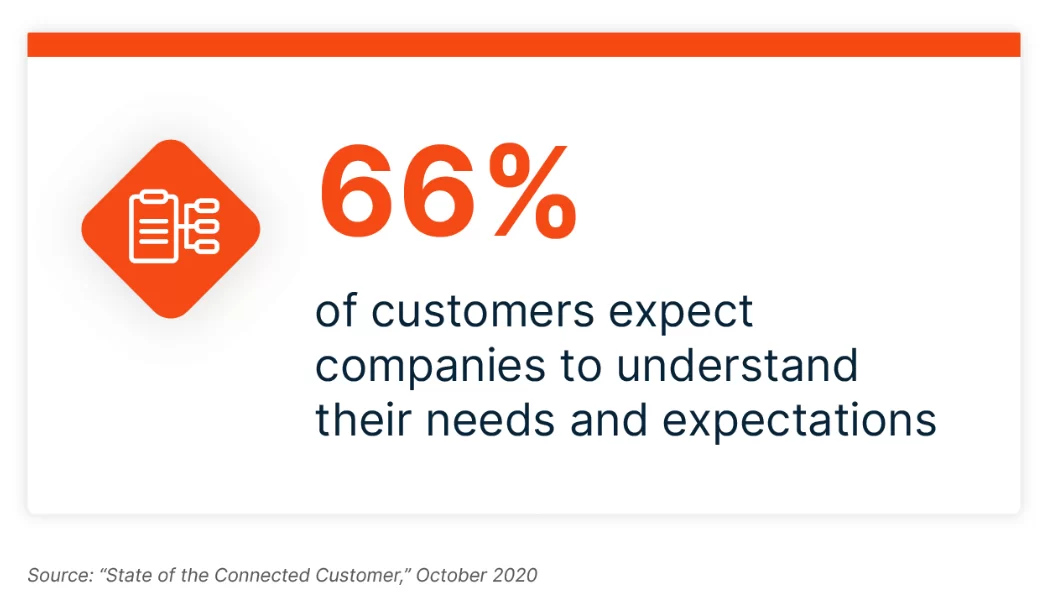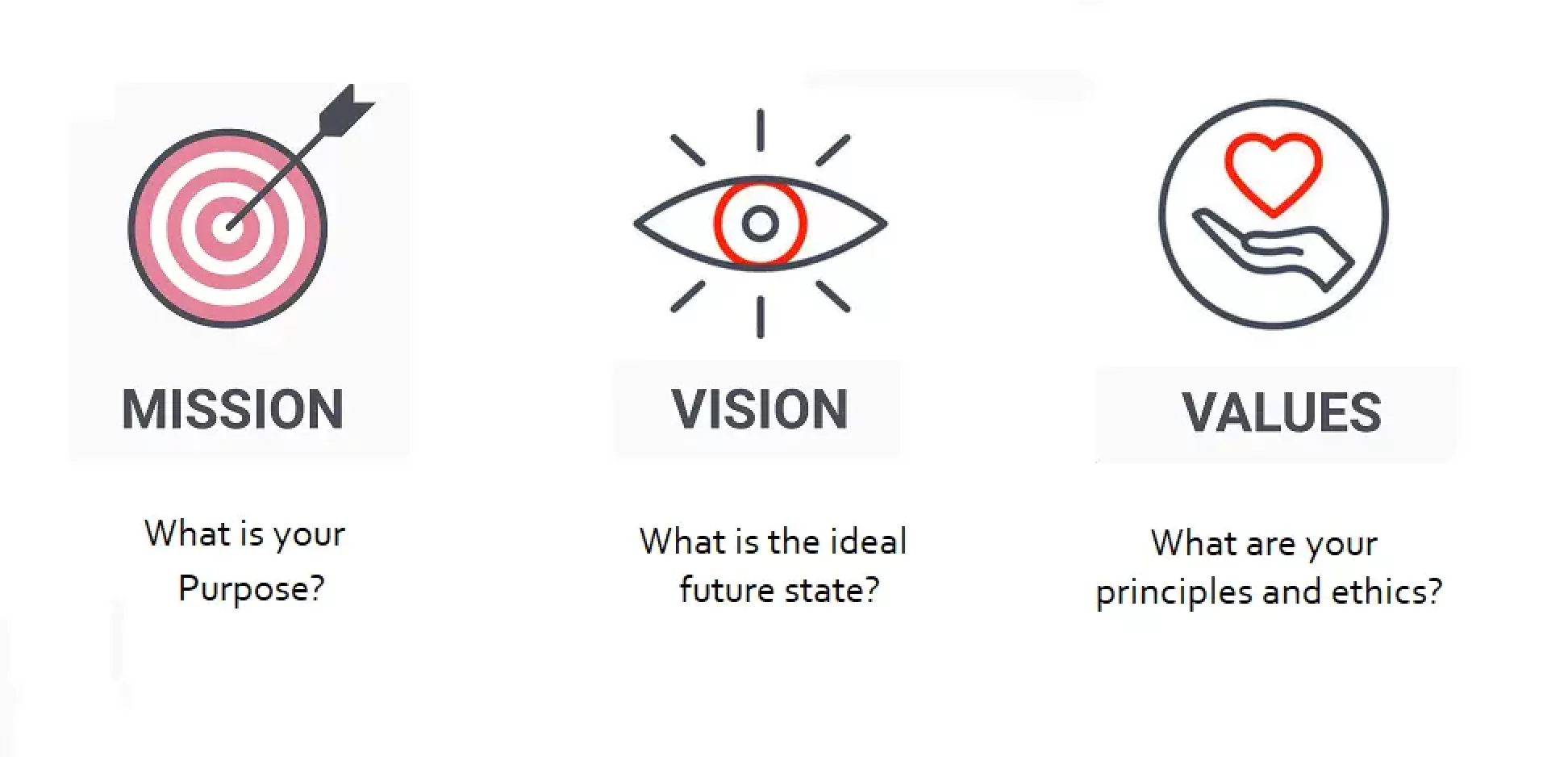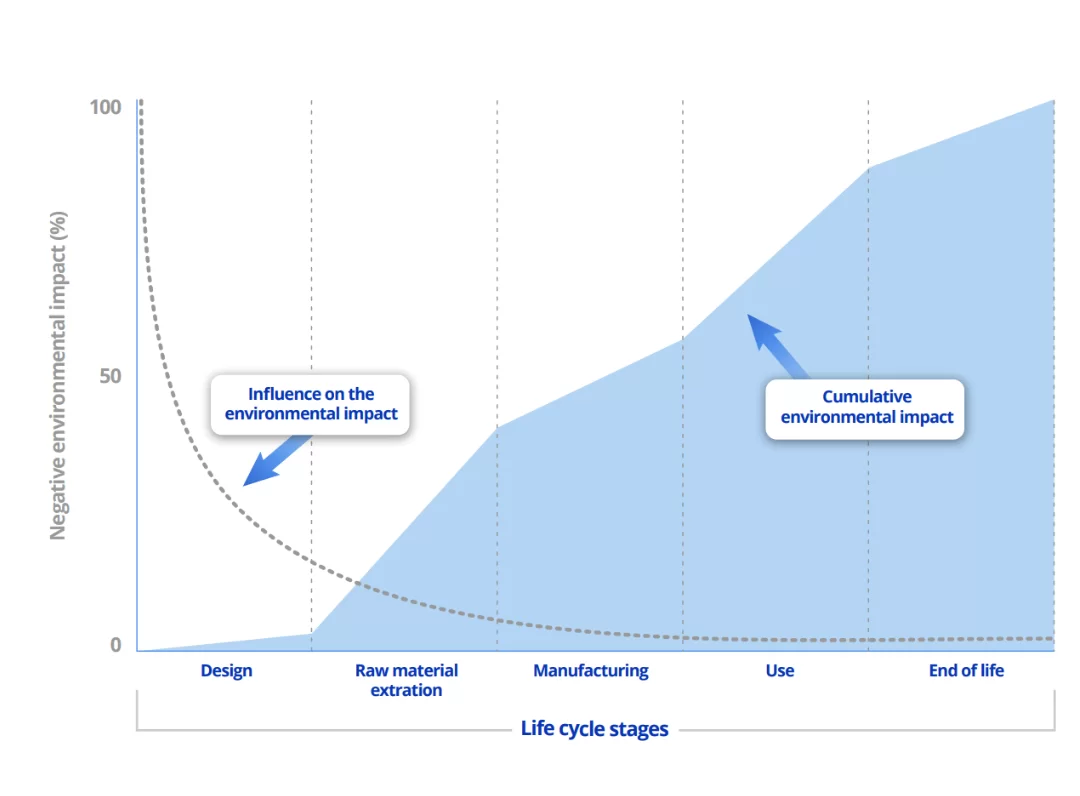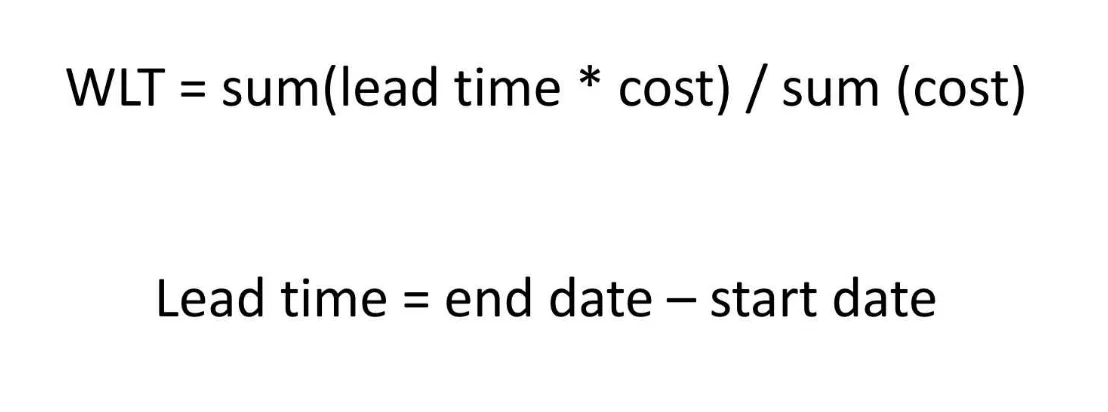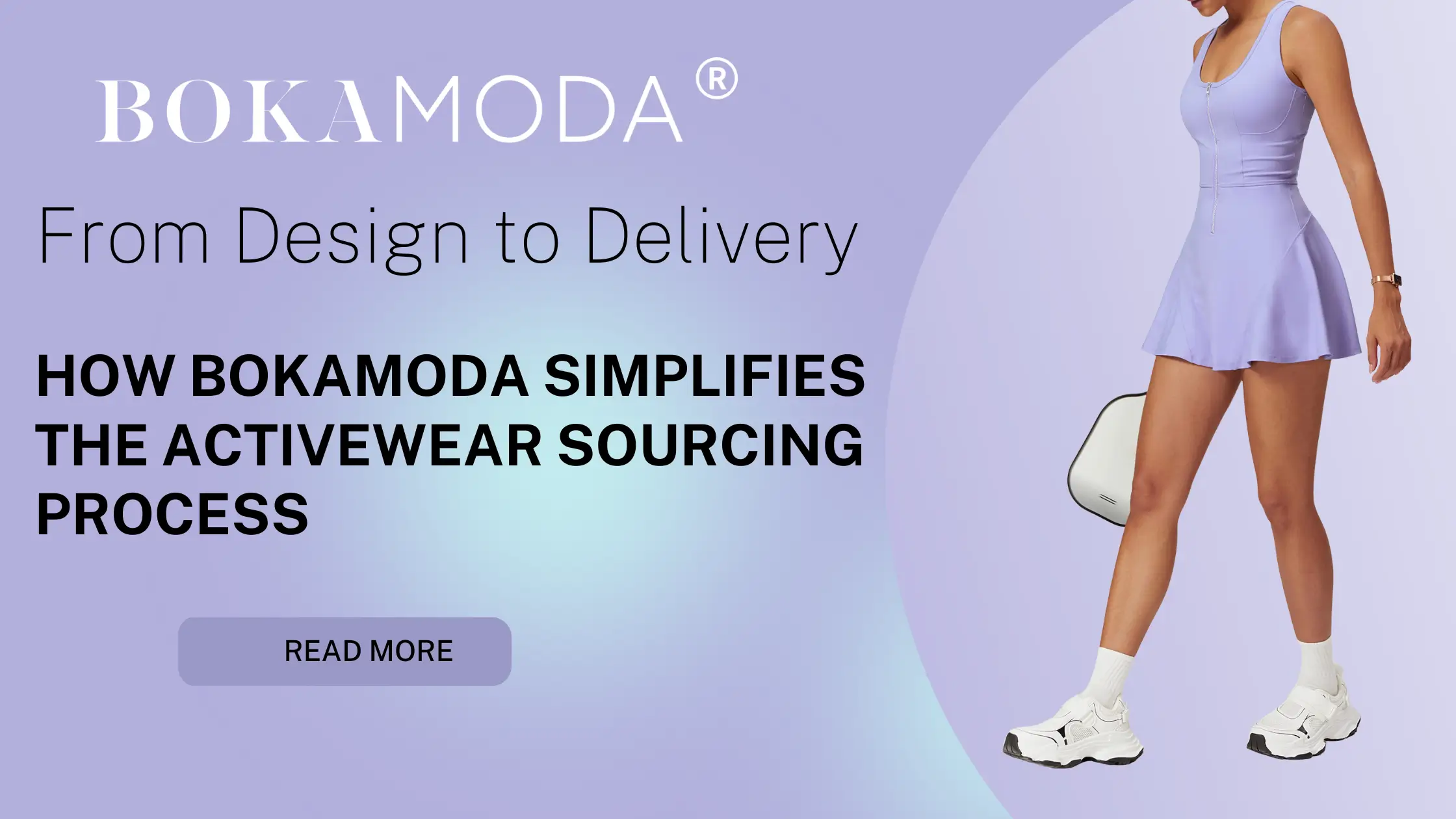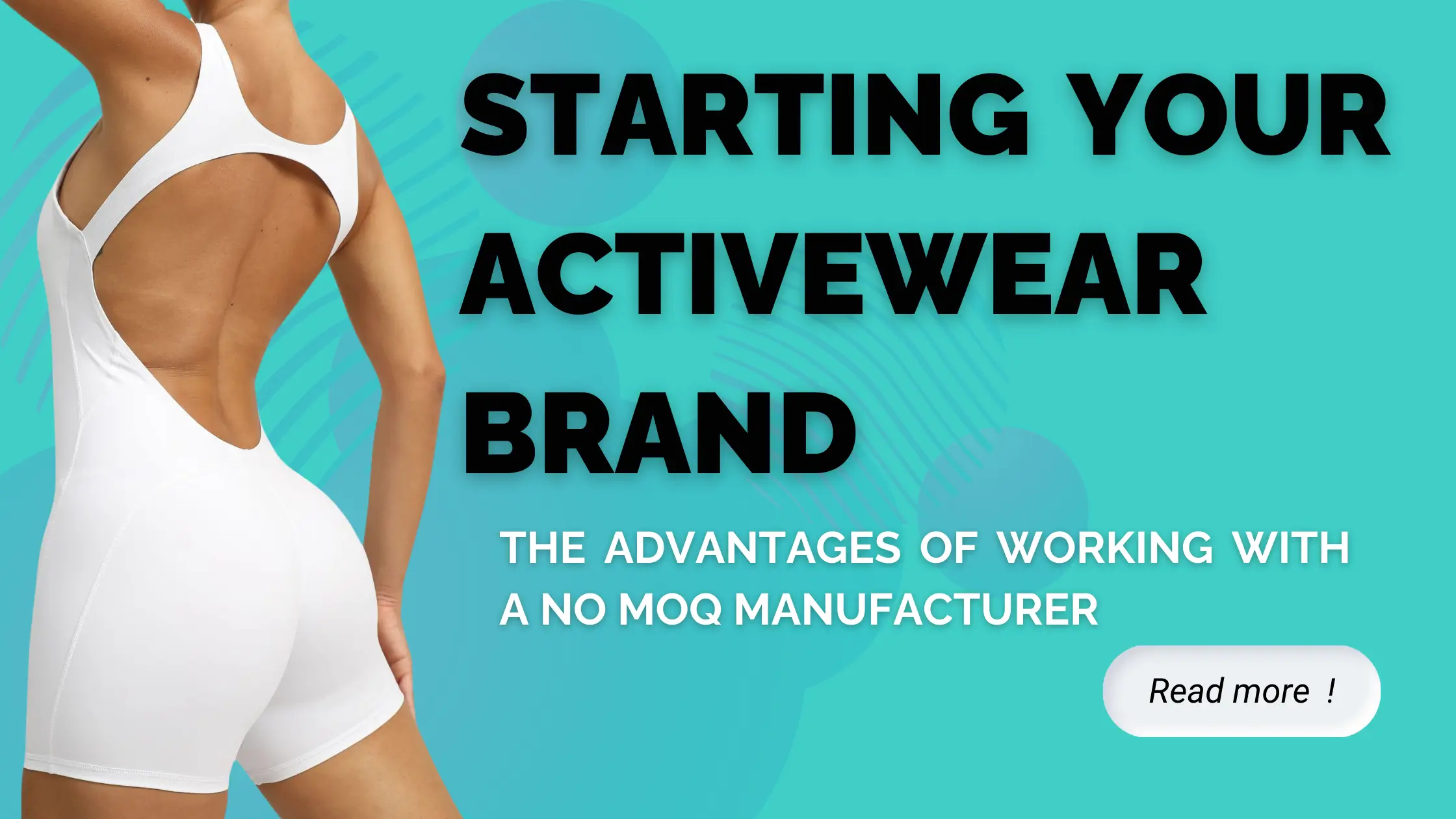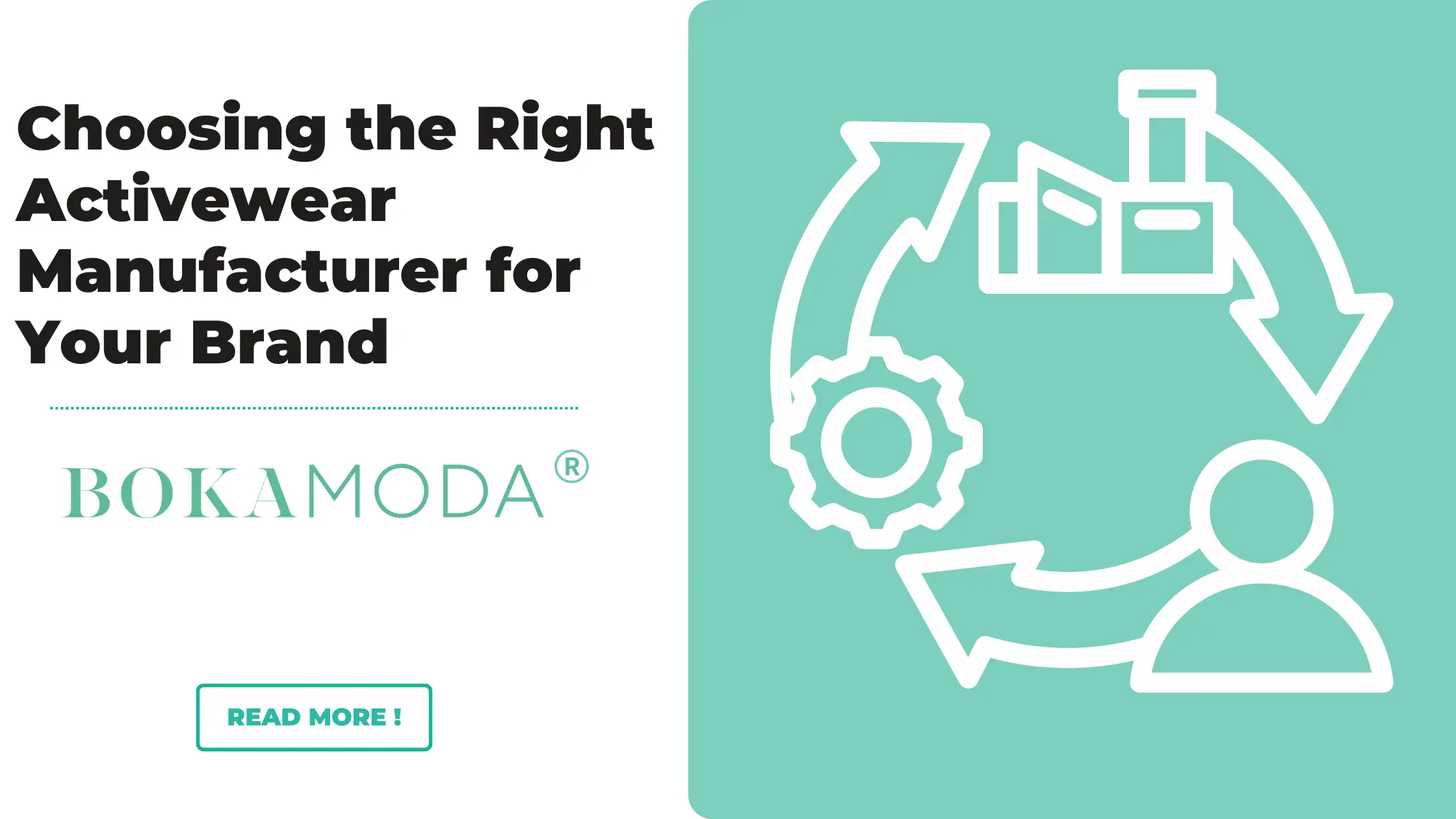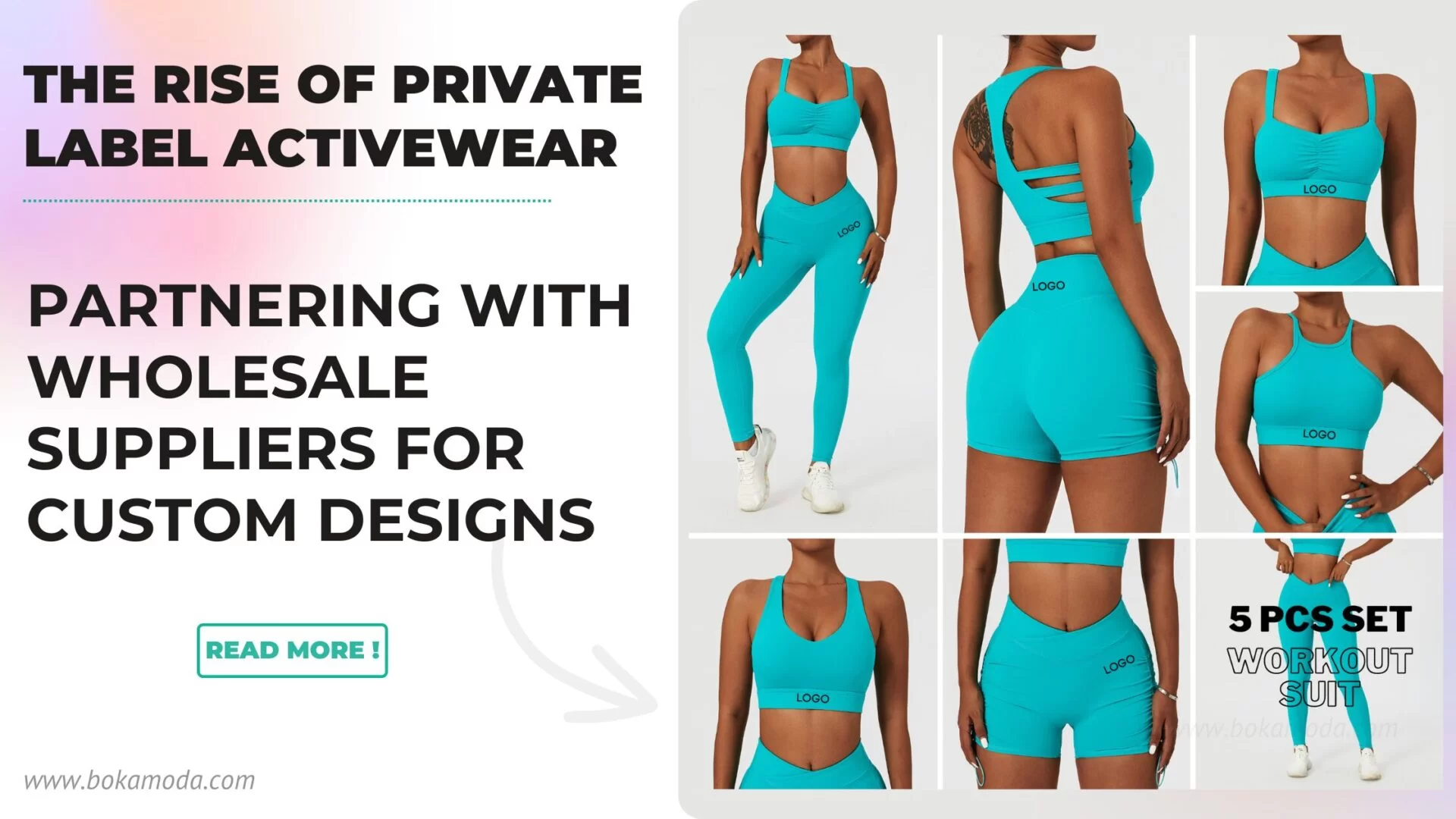Picture this: you’re passionate about fitness, fashion, and entrepreneurship, and you’re ready to dive into the world of activewear. It’s an exciting journey, but it’s also one that requires careful planning. To help you get started, here’s a comprehensive guide with practical insights on how to establish your very own activewear brand.
Define Your Niche: Where Do You Fit In?
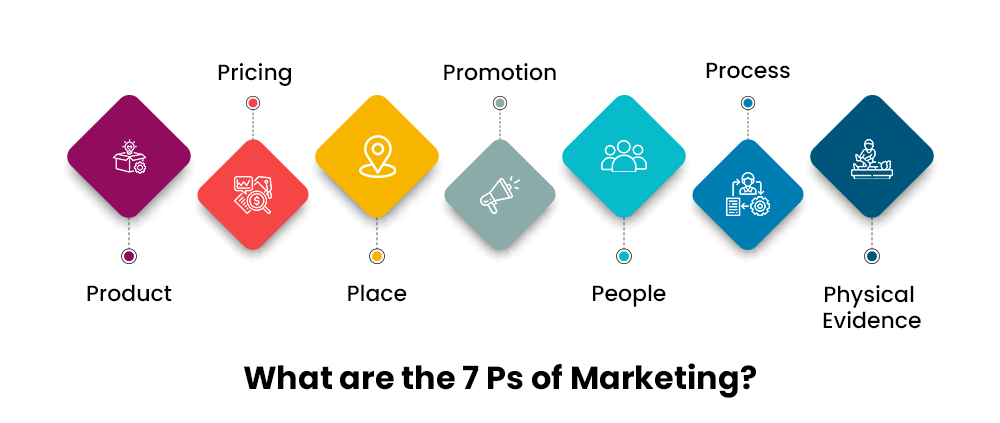
The activewear market is vast, covering various sports and activities, from yoga to CrossFit. Before you start, define your niche. Who are you designing for? Are you catering to eco-conscious yoga enthusiasts or high-intensity CrossFit athletes? Knowing your niche will guide your design, marketing, and product development.
Let’s say you’re an aspiring activewear entrepreneur, and you’re passionate about eco-friendly and sustainable products. Your target audience is environmentally conscious consumers who also have an active lifestyle. Here’s how you’d define your niche:
-
Identify Your Target Audience
Your ideal customers are individuals who prioritize sustainability in their purchasing decisions. They are fitness enthusiasts, outdoor adventurers, and yoga practitioners who care about the environment.

-
Understand Their Needs:
Your niche market is looking for activewear made from sustainable materials. They want clothing that’s not only functional and comfortable but also eco-friendly, featuring qualities like organic cotton, recycled polyester, or natural dyes.

-
Analyze Your Competitors:
You research other activewear brands in the sustainable niche and find that some are focusing on natural materials, while others emphasize ethical manufacturing processes. You see opportunities to offer a broader range of eco-conscious options and emphasize transparency in your supply chain.
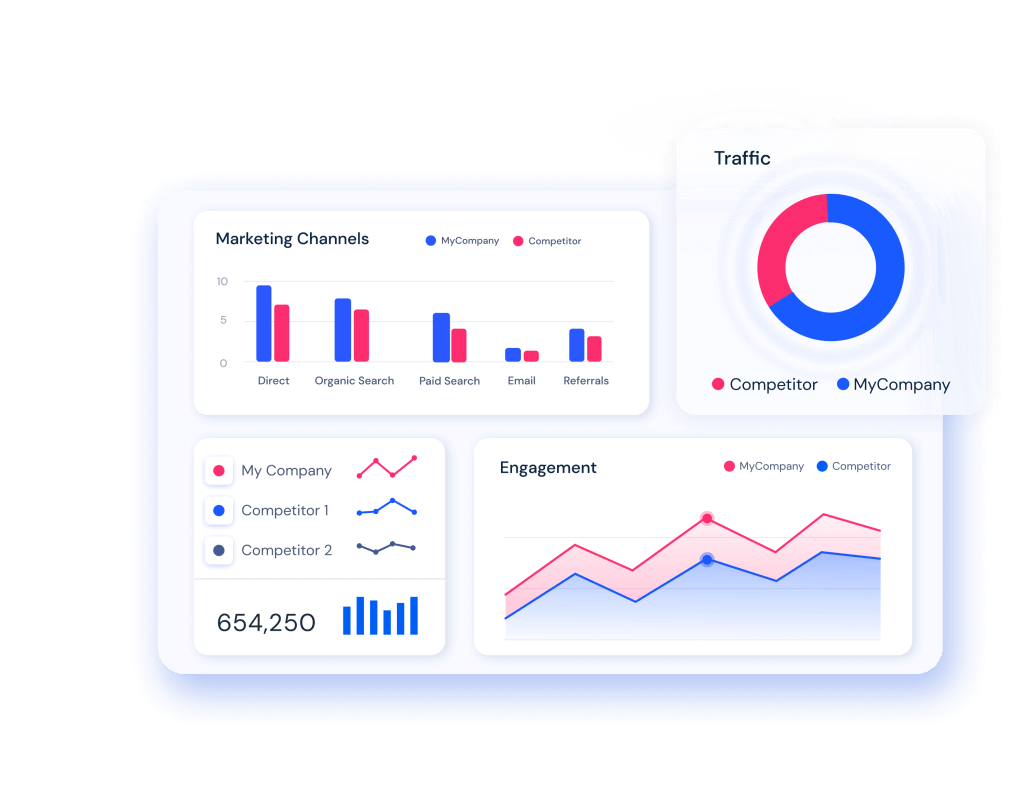
-
Determine Your Brand’s Identity:
Your brand’s identity aligns with environmental values. You’re committed to using sustainable materials, reducing waste, and supporting ethical manufacturing practices. This resonates with the values of your eco-conscious target audience.
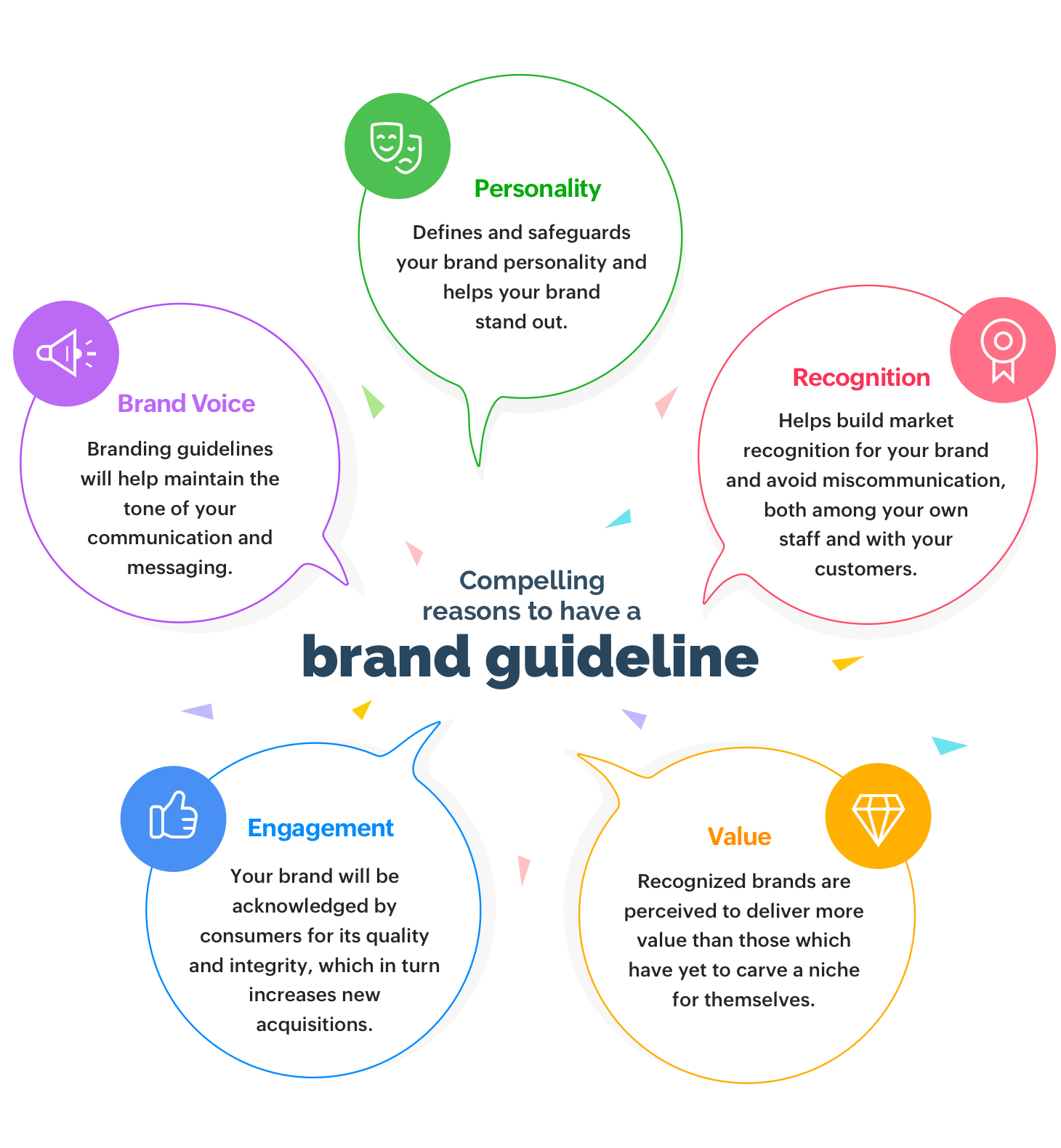
-
Tailor Your Product Line:
With your niche in mind, you design activewear made from organic cotton, recycled plastics, and other sustainable materials. Your product line includes moisture-wicking yoga leggings, hiking pants made from recycled polyester, and breathable running shirts, all with a strong emphasis on eco-friendliness.
By defining your niche as eco-conscious activewear for environmentally aware consumers, you’re not only setting yourself apart in a competitive market but also creating a brand that resonates with a specific group of individuals who share your values. This strategic approach will guide all your subsequent decisions in starting your activewear brand.
2. Market Research: Know Your Competition
Take some time to study the competition. What’s already out there? Are there any gaps in the market that you can fill? This research will help shape your product offerings and marketing strategies. Be in the know about trends and what customers are looking for.
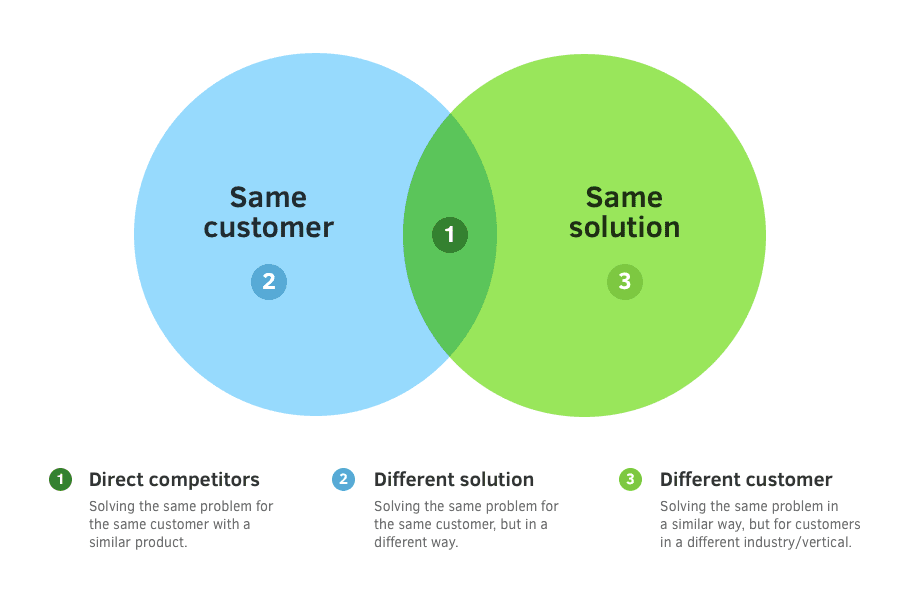
Once you’ve defined your niche, the next step is to dive into market research. Let’s continue with the example of your eco-conscious activewear brand. Here’s how you can research your competition:
-
dentify Key Competitors:
Begin by identifying other eco-friendly activewear brands in the market. These could include established names as well as emerging players who cater to environmentally conscious customers.
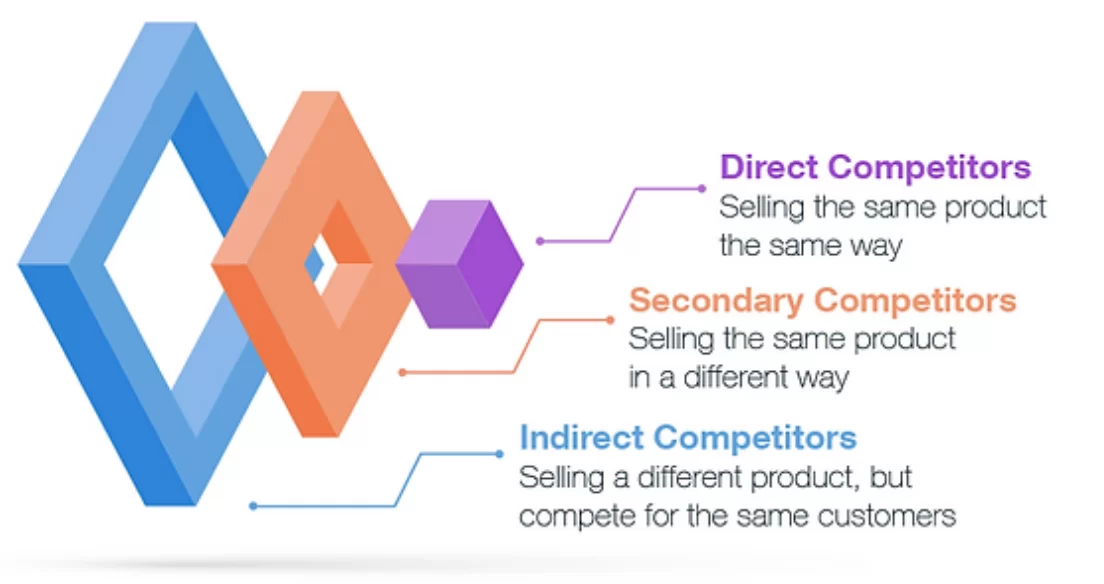
-
Analyze Their Offerings:
Explore the product lines of your competitors. What types of eco-friendly materials are they using? Do they offer a variety of styles, from yoga pants to hiking gear? What sets their products apart?
-
Assess Their Branding and Messaging:
Pay attention to how your competitors are positioning themselves. What values and messaging do they emphasize in their marketing materials? Do they highlight their sustainable sourcing, ethical manufacturing, or other unique selling points?

-
Understand Their Pricing:
Take note of the price ranges for their products. Are they targeting the high-end market, mid-range consumers, or offering budget-friendly options? Pricing can provide insights into your niche’s expectations.
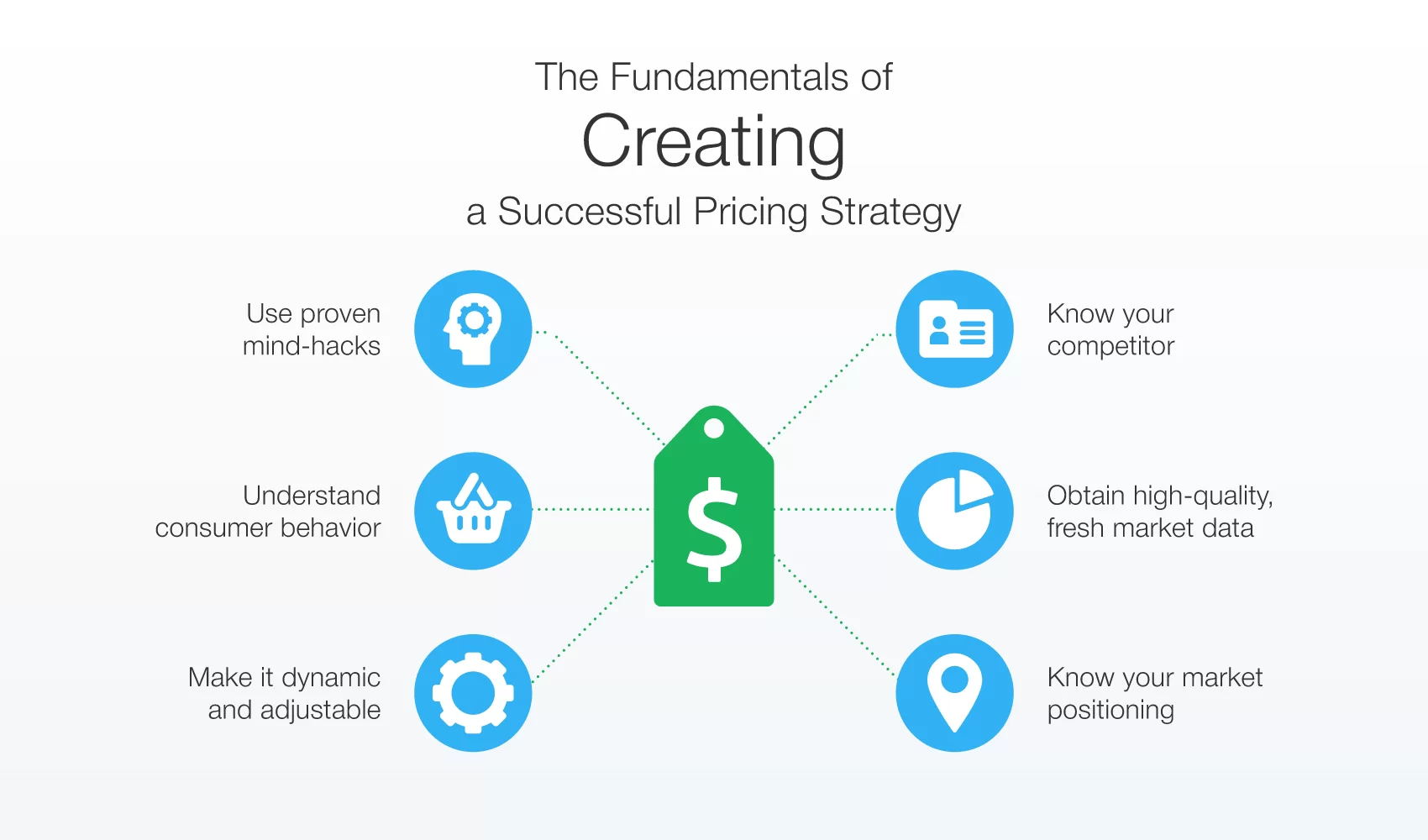
-
Customer Reviews and Feedback:
Check customer reviews and feedback for your competitors’ products. What do customers like and dislike about their activewear? This information can guide your product development and marketing strategies.
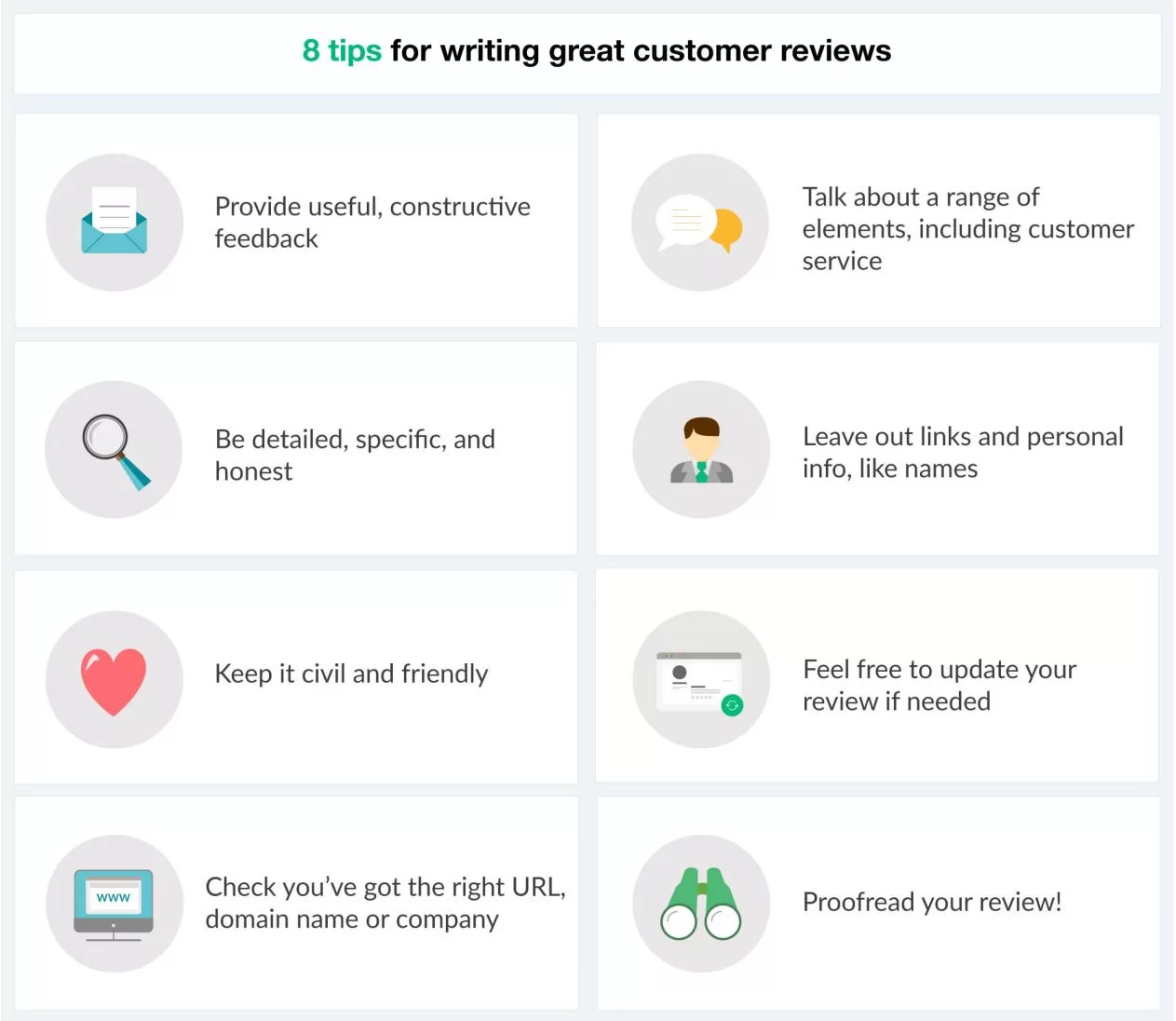
-
Identify Market Gaps:
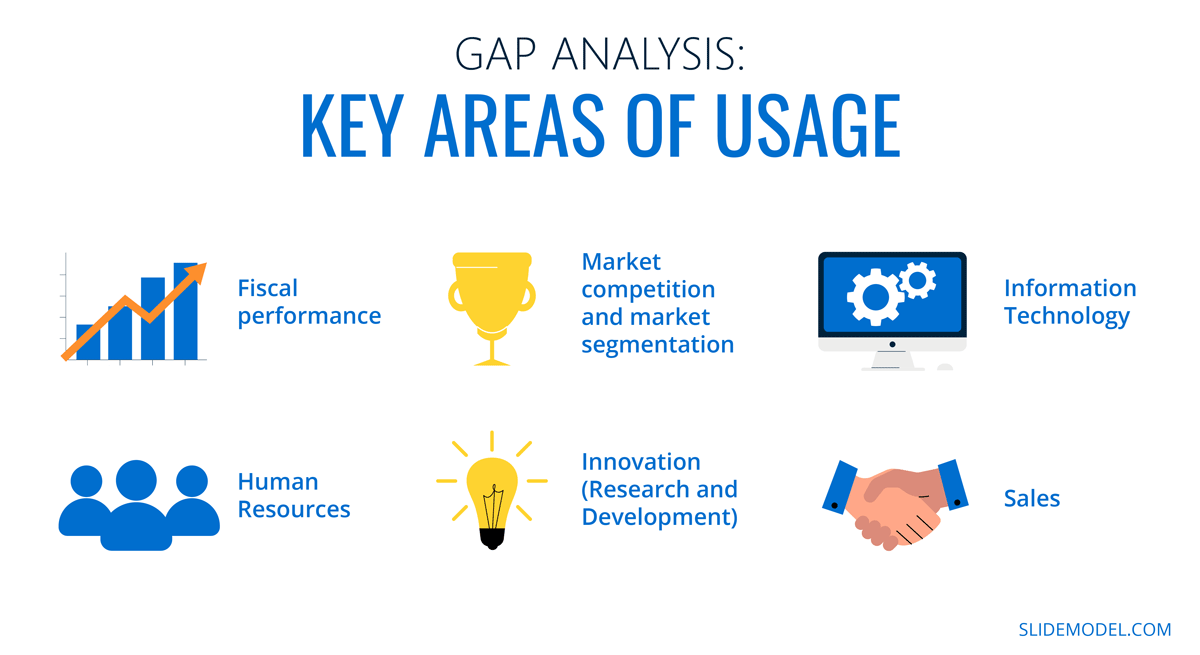
Look for gaps or opportunities within your niche. Is there a specific eco-friendly material that’s underrepresented in the market? Are there underserved customer segments with unique preferences?
For Example:
In your research, you discover that many eco-conscious activewear brands focus on yoga and athleisure wear made from organic cotton or recycled materials. They emphasize sustainability and ethical practices in their branding. However, you notice a gap in the market for activewear designed for outdoor enthusiasts like hikers and trail runners. Few brands offer a comprehensive range of eco-friendly hiking and running gear.
This gap presents an opportunity for your brand to stand out by specializing in eco-conscious hiking and running activewear. By understanding the competition, you can position your brand to meet the specific needs of eco-conscious outdoor enthusiasts while leveraging their demand for sustainable, high-performance gear.
Business Plan: Your Blueprint for Success
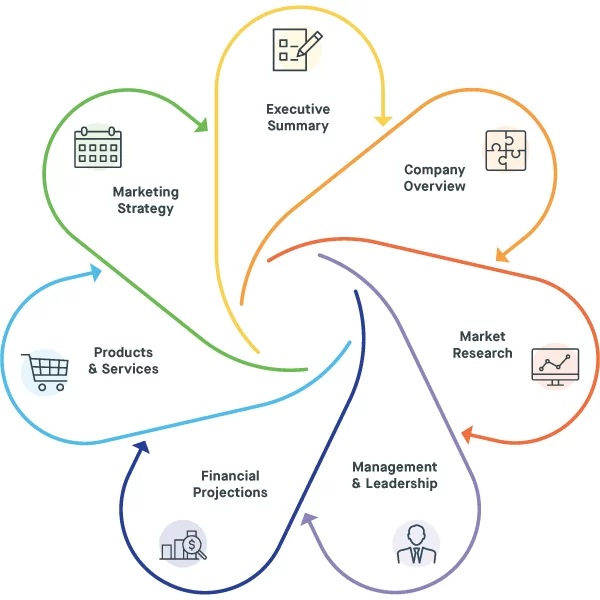
With your niche defined and market research completed, it’s time to craft a comprehensive business plan for your eco-conscious activewear brand. Here’s how you can create your blueprint for success:
-
Mission and Vision:

Outline your brand’s mission, stating what you aim to achieve in the eco-conscious activewear market. Define your long-term vision and how you see your brand making a positive impact on the environment and your customers’ lives.
-
Target Audience:
Reiterate your understanding of your eco-conscious target audience in your business plan. Describe their demographics, behaviors, and preferences. This reaffirms your commitment to meeting their specific needs.
-
Marketing and Sales Strategy:
Develop a marketing and sales strategy that details how you’ll reach your audience. Will you primarily use e-commerce, social media, or collaborate with eco-conscious influencers? What pricing and promotion strategies will you employ?
-
Financial Projections:
Project your financials, including startup costs, expected revenue, and profit margins. Be realistic in your estimates, accounting for initial investments in materials, manufacturing, and marketing.
-
Supply Chain and Sustainability Practices:
Describe your supply chain, emphasizing sustainability. Explain how you’ll source eco-friendly materials, work with ethical manufacturers, and minimize waste in your production process.
-
Branding and Design:
Detail your branding and design strategy, discussing how your brand’s identity will align with eco-conscious values. Provide insights into your design process and collaborations with artists or designers.
For Example:
Your business plan outlines that your brand’s mission is to provide eco-conscious outdoor enthusiasts with high-performance hiking and running activewear while minimizing the environmental impact. Your vision is to become a recognized leader in sustainable activewear for outdoor activities, inspiring customers to make eco-friendly choices.
For your marketing strategy, you’ll focus on e-commerce, partnering with eco-conscious lifestyle bloggers and outdoor influencers to reach your target audience. Your pricing strategy will be competitive but reflective of the quality and sustainability of your products.
In your financial projections, you estimate a steady growth in sales over the first three years, with a commitment to investing your profits back into further sustainable practices and expanding your product line.
In terms of sustainability practices, you emphasize sourcing organic, recycled, and sustainable materials. You’ll work with manufacturers who follow ethical labor practices, and you aim to minimize waste through efficient production processes.
This business plan serves as your guide, laying out the path to success for your eco-conscious activewear brand. It keeps your goals, strategies, and values clear and aligned as you move forward in building your brand.
A well-thought-out business plan is your roadmap. It should outline your brand’s mission, vision, and goals. Include financial projections, a marketing strategy, and a deep dive into your target audience. Your business plan will be your guiding document throughout your journey.
Sourcing Materials: Choosing the Right Fabric
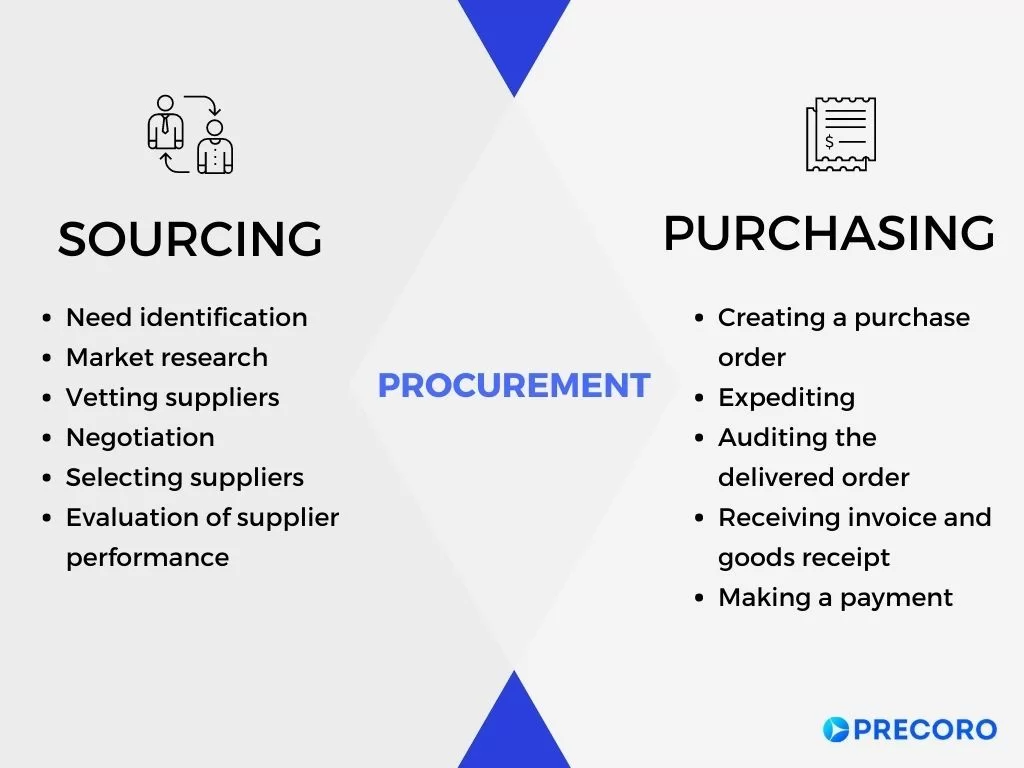
Selecting the right materials is a crucial step in creating sustainable activewear. In our example, let’s consider how you would source eco-friendly fabrics for your eco-conscious activewear brand, with a focus on collaborating with Bokamoda Activewear Manufacturing:
-
Identifying Sustainable Materials:
Begin by researching and identifying eco-friendly materials that align with your brand’s values. This might include organic cotton, recycled polyester, or innovative sustainable textiles. These materials should meet your customers’ demands for performance and sustainability.
-
Supplier Collaboration:
In our example, you decide to collaborate with Bokamoda Activewear Manufacturing, a well-known manufacturer specializing in sustainable materials and ethical practices. Bokamoda is known for its commitment to environmentally responsible fabric production.
-
Material Testing:
Work closely with Bokamoda to test and ensure that the selected fabrics meet the quality and performance standards expected in activewear. This includes assessing factors such as moisture-wicking properties, breathability, and durability.
-
Transparency and Certifications:
Communicate with Bokamoda to ensure full transparency in the sourcing process. Verify their adherence to sustainability certifications, such as Global Organic Textile Standard (GOTS) or Recycled Claim Standard (RCS), to confirm the eco-friendly nature of the materials.
- Minimum Environmental Impact:
Collaborate with Bokamoda to minimize the environmental impact of the fabric production process. This includes reducing water and energy usage, as well as waste generation. Ensure they follow sustainable manufacturing practices.

-
Cost and Scalability:
Consider the cost and scalability of sourcing materials from Bokamoda. While eco-friendly materials may be more expensive, their appeal to your target audience may justify the investment.
Example:
In our eco-conscious activewear brand, we prioritize sourcing eco-friendly materials to create high-performance, sustainable products. We collaborate with Bokamoda Activewear Manufacturing, a renowned partner in the industry, known for its dedication to sustainable practices.
Bokamoda offers a range of eco-friendly materials, including organic cotton and recycled polyester, which align perfectly with our brand’s values. We work closely with Bokamoda to test these materials for their performance in activewear, ensuring they meet the quality standards required.
Transparency is a core principle of our partnership with Bokamoda. also Bokamoda hold certifications such as GOTS and RCS, and You can closely monitor their sustainable manufacturing practices to minimize the environmental impact.
The quality of your activewear depends on the materials you choose. Comfort and durability are key. Consider eco-friendly and sustainable fabrics if they align with your brand’s identity. Establish relationships with reliable suppliers to ensure consistent product quality.
5. Design and Brand Identity: Creating Your Unique Image

Your brand’s identity and designs are what will make you stand out. Collaborate with designers who can bring your vision to life. Your logo, color scheme, and design aesthetics should resonate with your target audience.
Establishing a unique and compelling brand identity is crucial in the competitive activewear market. Here are some tips and tricks to help you design your brand identity effectively:
-
Consistency is Key:
Ensure that your brand’s visual elements, such as logo, color scheme, and design aesthetics, are consistent across all your marketing materials, website, and products. Consistency helps create a recognizable and memorable brand image.
-
Know Your Audience:
Understand your target audience and design your branding elements to resonate with their preferences. For example, if your audience values simplicity and eco-friendliness, consider a minimalist, nature-inspired design.
-
Tell Your Story:
Your brand identity should reflect your story and values. Share the journey of your brand’s commitment to sustainability and high-quality activewear. Authentic storytelling can build a deeper connection with your customers.
-
Collaborate with Designers:
If design isn’t your strong suit, consider collaborating with professional designers or artists who can translate your brand’s values and vision into a visual language. Their expertise can be invaluable in creating a unique image.
-
Showcase Sustainability:
If sustainability is a core element of your brand identity, use design elements that emphasize eco-friendliness, such as nature-inspired graphics, recycled material symbols, or earthy color palettes.
-
Create a Standout Logo:
Your logo is often the first thing people see when encountering your brand. Invest time and resources into designing a distinctive and memorable logo. Make sure it reflects your brand’s identity and values.

-
Consider Packaging:
Even your packaging can be a part of your brand identity. Sustainable packaging that aligns with your eco-conscious values can enhance your brand’s image and demonstrate your commitment to the environment.
-
User-Generated Content:
Encourage your customers to create and share content featuring your activewear. User-generated content can authentically showcase your brand in action and build a community of loyal customers.
- Stay Adaptable:
While a consistent brand identity is important, be open to adapting and evolving your branding as trends and customer preferences change. Flexibility can help your brand stay relevant and fresh.
For Example – “GreenLife Activewear”
Let’s consider “GreenLife Activewear,” our eco-conscious brand. To create a unique brand identity, we focus on these tips and tricks:
Consistency: We ensure that our green color palette and nature-inspired design elements are present in our logo, website, and product labels. This uniformity helps customers recognize us.
Know Your Audience: We understand that our audience values simplicity and eco-friendliness. So, we use clean lines and natural, earthy colors to reflect our commitment to sustainability.
Tell Your Story: We share our brand’s journey towards sustainable activewear on our website and social media, letting customers connect with our mission and values.
Collaborate with Designers: We partner with eco-conscious graphic designers who understand our vision and can create graphics and branding elements that resonate with our audience.
Showcase Sustainability: Our graphics include nature-inspired elements like leaves and water droplets, symbolizing our eco-friendliness.
By following these design and brand identity tips, “GreenLife Activewear” creates a unique and appealing image that draws eco-conscious customers to our brand.
6. Manufacturing and Production: Bringing Your Vision to Life

Decide whether to manufacture in-house or outsource production. Research manufacturers with expertise in activewear and consider factors like lead times and minimum order quantities.
Turning your designs into tangible, high-quality activewear products is a pivotal step in your journey. Here are some insights and strategies for successful manufacturing and production:
-
Choose the Right Manufacturing Partner:
Select a manufacturer who specializes in activewear production and shares your commitment to quality and sustainability. Look for a manufacturer with a track record of ethical practices.

-
Transparency in Communication:
Maintain clear and open communication with your manufacturing partner. Discuss your brand’s values, quality expectations, and eco-friendly goals. Transparency is key to ensuring that your vision is accurately translated into the final product.
-
Quality Control:
Implement stringent quality control measures throughout the production process. Regularly inspect materials and finished products to maintain the quality and consistency your brand promises.
-
Scalability and Lead Times:
Ensure that your manufacturer can scale production as your brand grows. Discuss lead times to avoid delays and meet demand, especially during peak seasons.

-
Eco-Friendly Manufacturing Practices:
If sustainability is a core value, work with your manufacturer to minimize waste, reduce energy consumption, and adopt eco-friendly production methods. Look for manufacturers who are certified for eco-friendly practices.
-
Product Testing:
Test your products for performance and durability. Make sure they meet the standards expected in the activewear industry. This is essential to maintain customer satisfaction and build trust.
-
Flexibility and Adaptability:
Stay flexible in your manufacturing approach. Be open to making necessary changes or improvements based on feedback from your manufacturer or customer reviews.
7. Marketing and Brand Promotion: Getting Noticed

Build a strong online presence with a professional website and active social media profiles. Develop a content strategy that engages your audience and highlights the uniqueness of your activewear. Collaborate with influencers and fitness professionals to boost brand visibility.
8. E-commerce and Sales Channels: Reaching Your Audience
Set up an e-commerce platform to sell your products directly to customers. Additionally, consider selling through established e-commerce marketplaces or physical stores to broaden your reach.
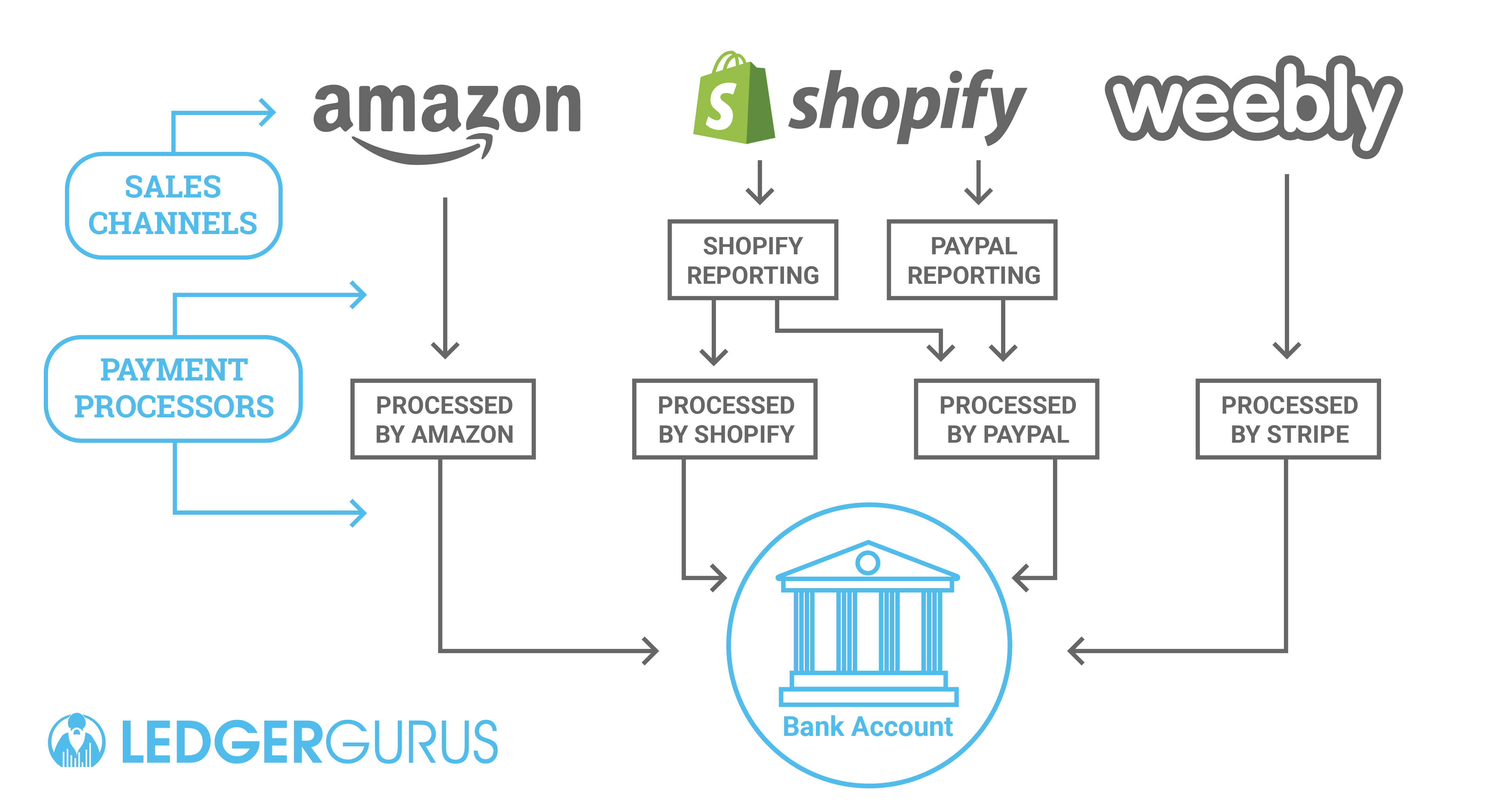
9. Customer Feedback: Learning and Growing
Gather feedback from your early customers and use it to continually improve your products and services. Positive reviews and word-of-mouth recommendations can significantly impact your brand’s success. Be adaptable and willing to evolve based on what your customers are saying.
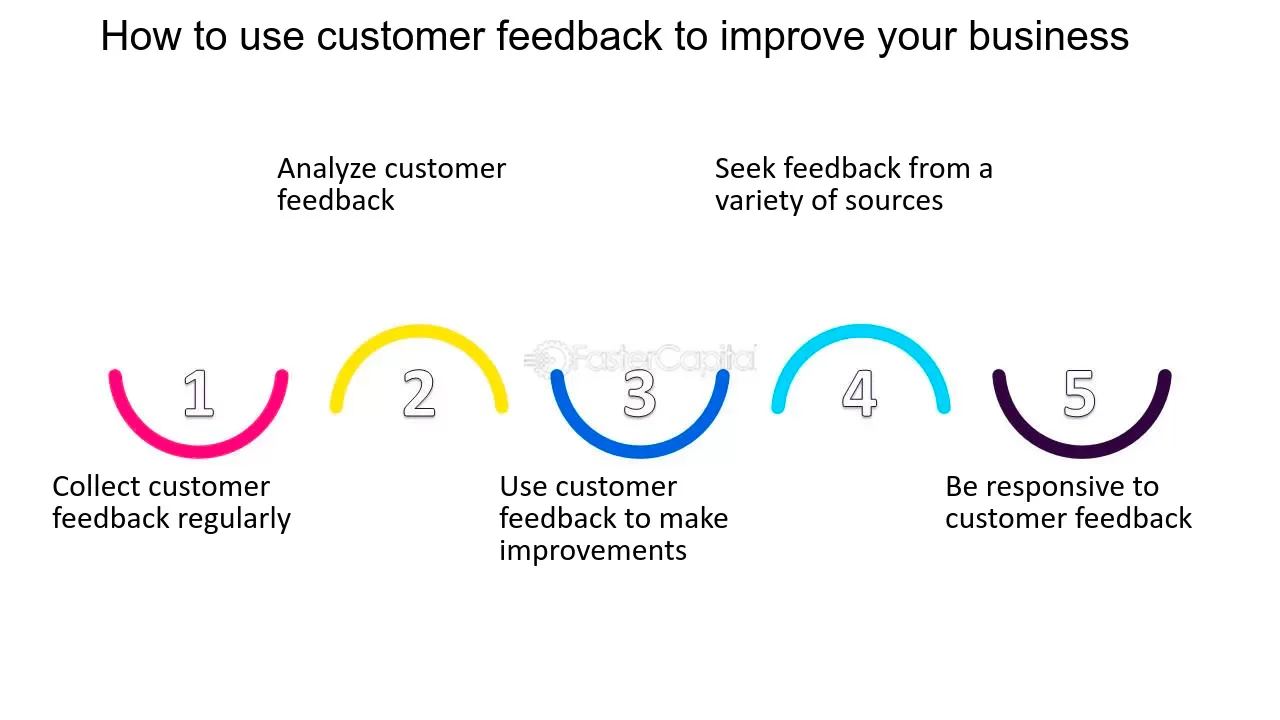
Starting your own activewear brand is a journey that requires dedication, creativity, and a keen business sense. By following these insights and taking action on each step, you’ll be well-prepared to make your mark in the ever-evolving activewear industry. Remember, persistence and a passion for fitness and fashion will be your driving forces as you embark on this exciting venture.

